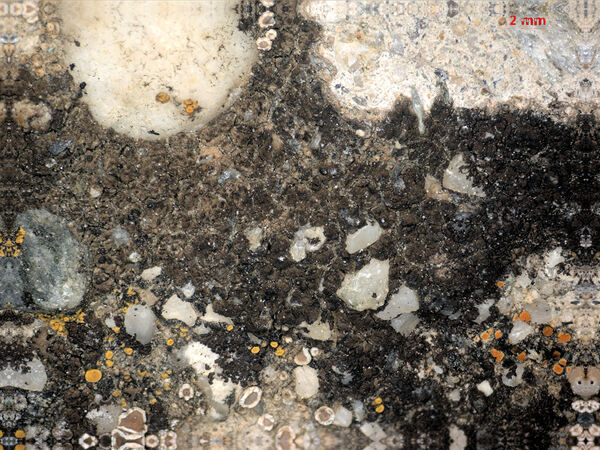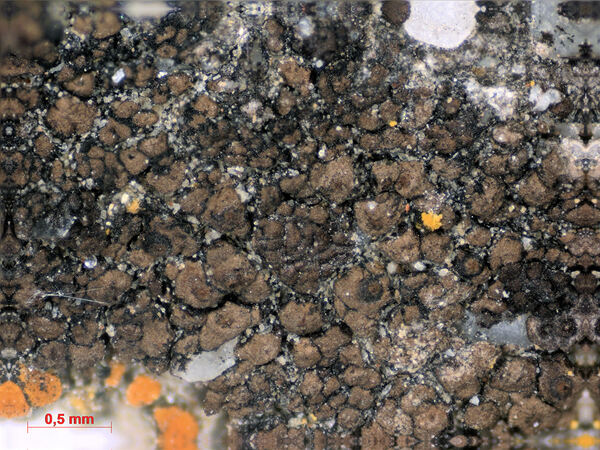Staurothele ambrosiana (A. Massal.) Zschacke
Zeitschr. f. Naturw., 80: 251, 1908. Basionym: Paraphysorma ambrosianum A. Massal. - Mem. Lichenogr.: 136, 1853.
Synonyms: Dermatocarpon ambrosianum (A. Massal.) A. Massal.; Dermatocarpon ambrosianum var. effusum A. Massal.; Dermatocarpon ambrosianum var. orbiculare A. Massal.; Staurothele catalepta auct. p.p. non (Ach.) Blomb. & Forssell
Distribution: N - VG (Castello 2002, Martellos & Castello 2004), Ven (Lazzarin 2000b), VA (Piervittori & Isocrono 1999).
Description: Thallus crustose, episubstratic, areolate, dark grey-brown to dark brown, sometimes delimited by a darker hypothalline line. Areoles 0.2-1 mm diam, flat to strongly convex, the fertile ones similar to the sterile ones or only slightly larger. Perithecia black, 0.2-0.3 mm diam., immersed in the areoles, with a black involucrellum. Hymenial algae 2-5 μm across; hymenial gel I+ red (I+ blue at very low concentrations of iodine), K/I+ blue; hamathecium of periphyses and periphysoids, interascal filaments absent. Asci (1-)2-spored, clavate, the wall thickened above, with an ocular chamber, after dehiscence with a delicate extruded endotunica, I -, K/I-. Ascospores muriform, at first hyaline then turning brown, ellipsoid to narrowly ellipsoid, (25-)30-50(-55) x (12-)16-25 μm. Pycnidia black, immersed in the thallus. Conidia rod-shaped. Photobiont chlorococcoid, present in both thallus and hymenium. Spot tests: K-, C-, KC-, P-, UV-. Chemistry: without lichen substances.Note: on sheltered surfaces of calcareous rocks in upland areas. Related to S. frustulenta and S. areolata, and perhaps a synonym of one of these two species.
Growth form: Crustose
Substrata: rocks
Photobiont: green algae other than Trentepohlia
Reproductive strategy: mainly sexual
Poorly known taxon in need of further study
Commonnes-rarity: (info)
Alpine belt: common
Subalpine belt: rather rare
Oromediterranean belt: absent
Montane belt: extremely rare
Submediterranean belt: absent
Padanian area: absent
Humid submediterranean belt: absent
Humid mediterranean belt: absent
Dry mediterranean belt: absent
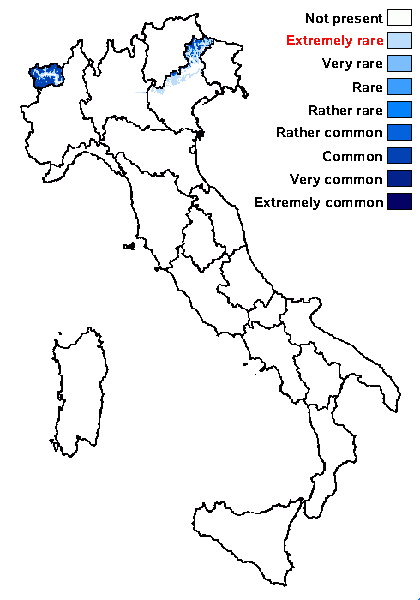
Predictive model
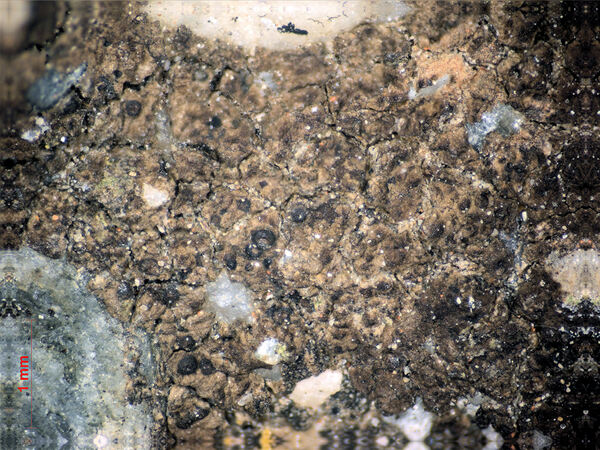
Lucia Muggia CC BY-SA 4.0; Owner: Department of Life Sciences, University of Trieste
Herbarium: GZU (Hafellner 44068, 1997)
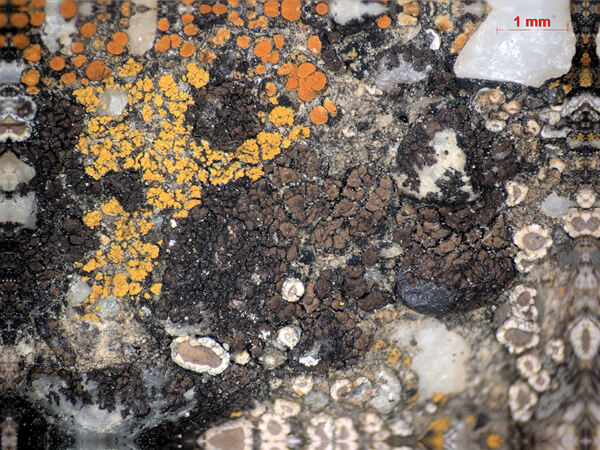
Lucia Muggia CC BY-SA 4.0; Owner: Department of Life Sciences, University of Trieste
Herbarium: GZU (Hafellner 44068, 1997)
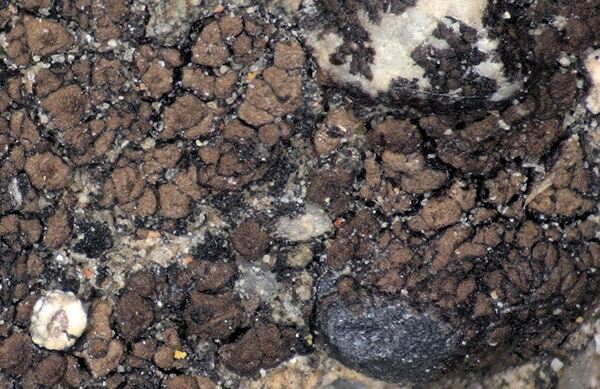
Lucia Muggia CC BY-SA 4.0; Owner: Department of Life Sciences, University of Trieste
Herbarium: GZU (Hafellner 44068)
Growth form: Crustose
Substrata: rocks
Photobiont: green algae other than Trentepohlia
Reproductive strategy: mainly sexual
Poorly known taxon in need of further study
Commonnes-rarity: (info)
Alpine belt: common
Subalpine belt: rather rare
Oromediterranean belt: absent
Montane belt: extremely rare
Submediterranean belt: absent
Padanian area: absent
Humid submediterranean belt: absent
Humid mediterranean belt: absent
Dry mediterranean belt: absent

Predictive model

Lucia Muggia CC BY-SA 4.0; Owner: Department of Life Sciences, University of Trieste
Herbarium: GZU (Hafellner 44068, 1997)

Lucia Muggia CC BY-SA 4.0; Owner: Department of Life Sciences, University of Trieste
Herbarium: GZU (Hafellner 44068, 1997)

 Index Fungorum
Index Fungorum
 GBIF
GBIF
